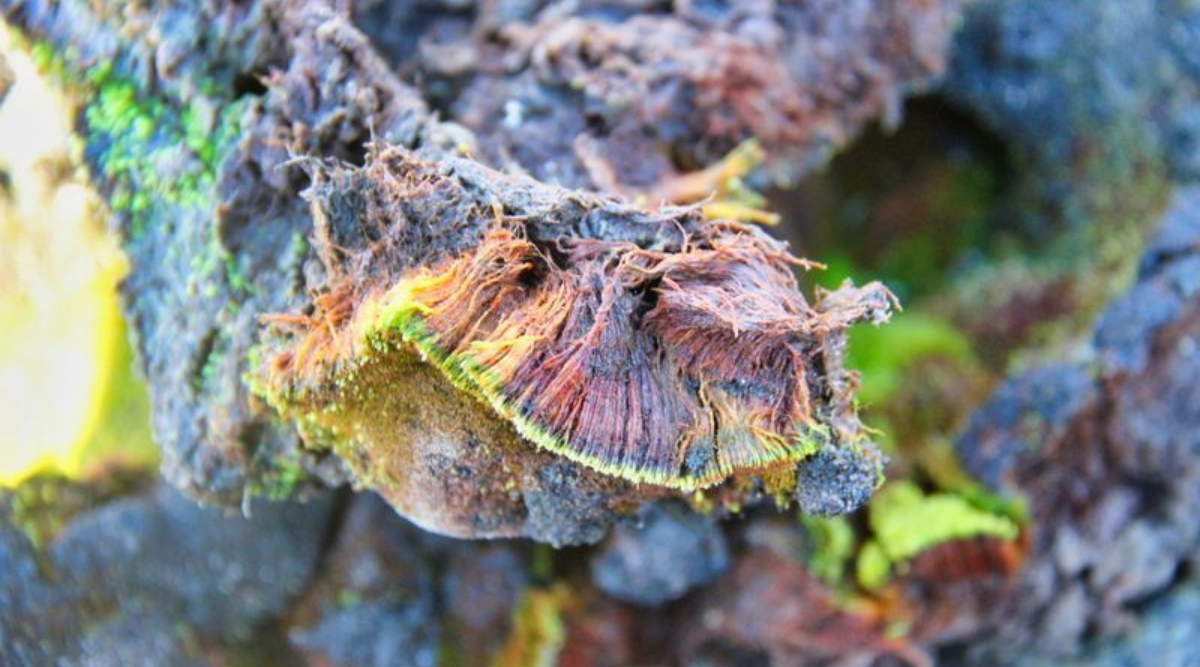 The dark-green and unbranched moss Bryum bharatiensis has been named after India.
The dark-green and unbranched moss Bryum bharatiensis has been named after India.
A group of Indian botanists from Bathinda has discovered a new plant species growing on rocky surfaces in the eastern Antarctica region near India’s Bharati station.
The dark-green and unbranched moss Bryum bharatiensis has been named after India.
Since the commencement of scientific explorations in 1981 over the southernmost continent, India has been operating two stations, Maitri and Bharati, in Antarctica. The foremost station — Dakshin Gangotri — today functions as a pit stop to supply essentials to Indian scientists visiting Antarctica for research. Every year, the Ministry of Earth Sciences sends a select team of botanists, meteorologists, geologists, seismologists and others on either a month, three-month, six-month or a year-long scientific expedition to Antarctica.
Felix Bast, head of the department of Botany, Central University of Punjab, Bathinda (CUPB), was part of India’s 36th expedition to Antarctica in 2016-2017. It was during this expedition that samples of the newly-discovered moss species were collected and studied. Results of studying the samples were recently published in the Journal of Asia-Pacific Biodiversity.
For most months of the year, the continent is flanked by thick blankets of snow sheets, with isolated small rocky patches visible during summers. With extreme weather and sub-zero temperatures for months together, a harsh terrain, sunlight available only for six months and little life-supporting conditions available in Antarctica, the survival of this newly-discovered moss is proof of the plant’s highly adaptable nature.
“The sampling was done in January, that is during the summer season in Antarctica. The 1.5 to 3 cm-long moss was seen growing in patches at several sites near the Bharati station. The spores of this moss remain dormant and survive severe winters,” said Bast.
The group, including Kirti Gupta, head of the department of Botany at DAV College, Bathinda, and Wahid Ul Rahman, a fourth-year PhD student at CUPB, used morphology-based techniques and combined it with DNA sequencing tools to confirm the new species which, they said, had branched roots.
Though Indian scientists had discovered new species of microbes during similar expeditions, a plant species was not confirmed previously.
Even as this discovery is significant in broadening human understanding of the planet’s large and undiscovered plant species, it highlights how global warming has led to the creation of favourable land and weather conditions for plant growth over the otherwise hostile Antarctica.
“Slowly, Antarctica is turning green and temperate plants are being spotted here, which would otherwise not survive — an evidence of climate change,” said Bast.
– Stay updated with the latest Pune news. Follow Express Pune on Twitter here and on Facebook here. You can also join our Express Pune Telegram channel here.
- The Indian Express website has been rated GREEN for its credibility and trustworthiness by Newsguard, a global service that rates news sources for their journalistic standards.

